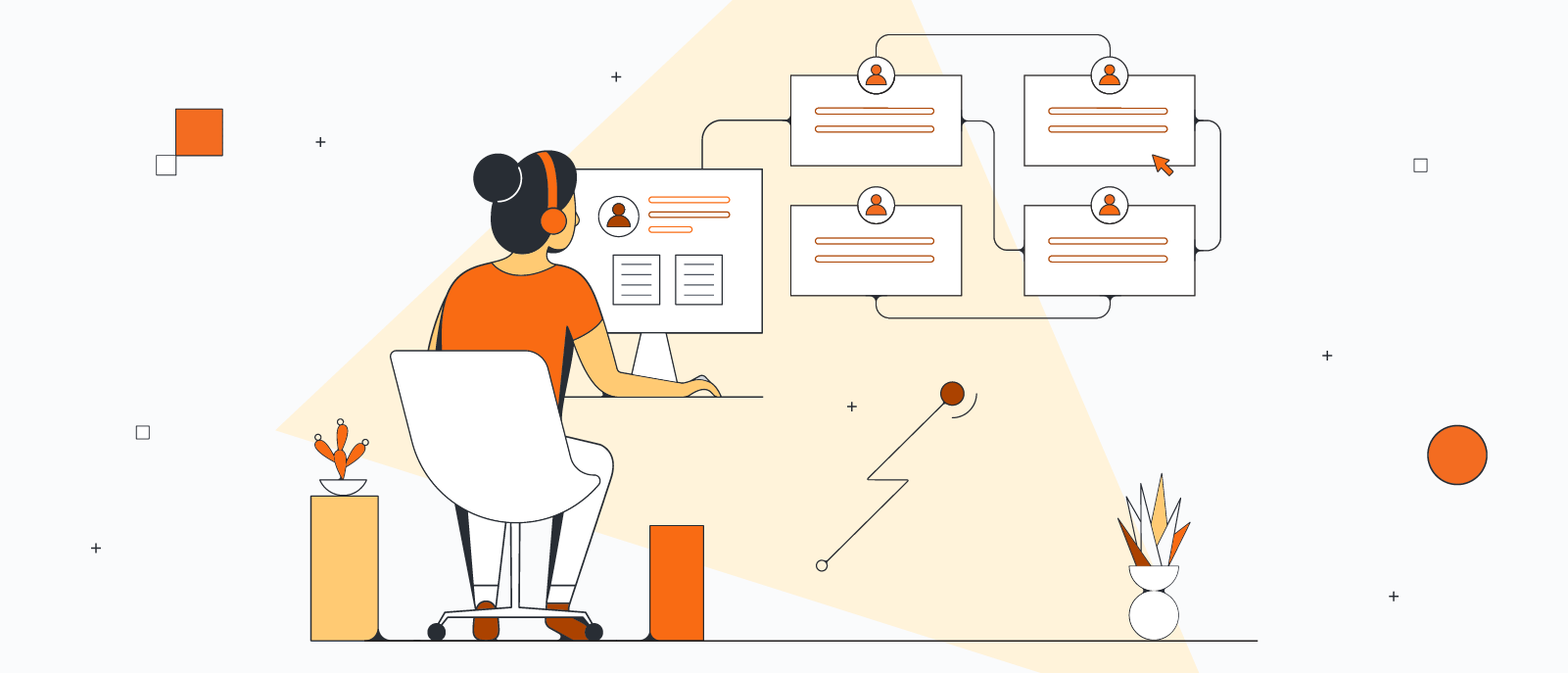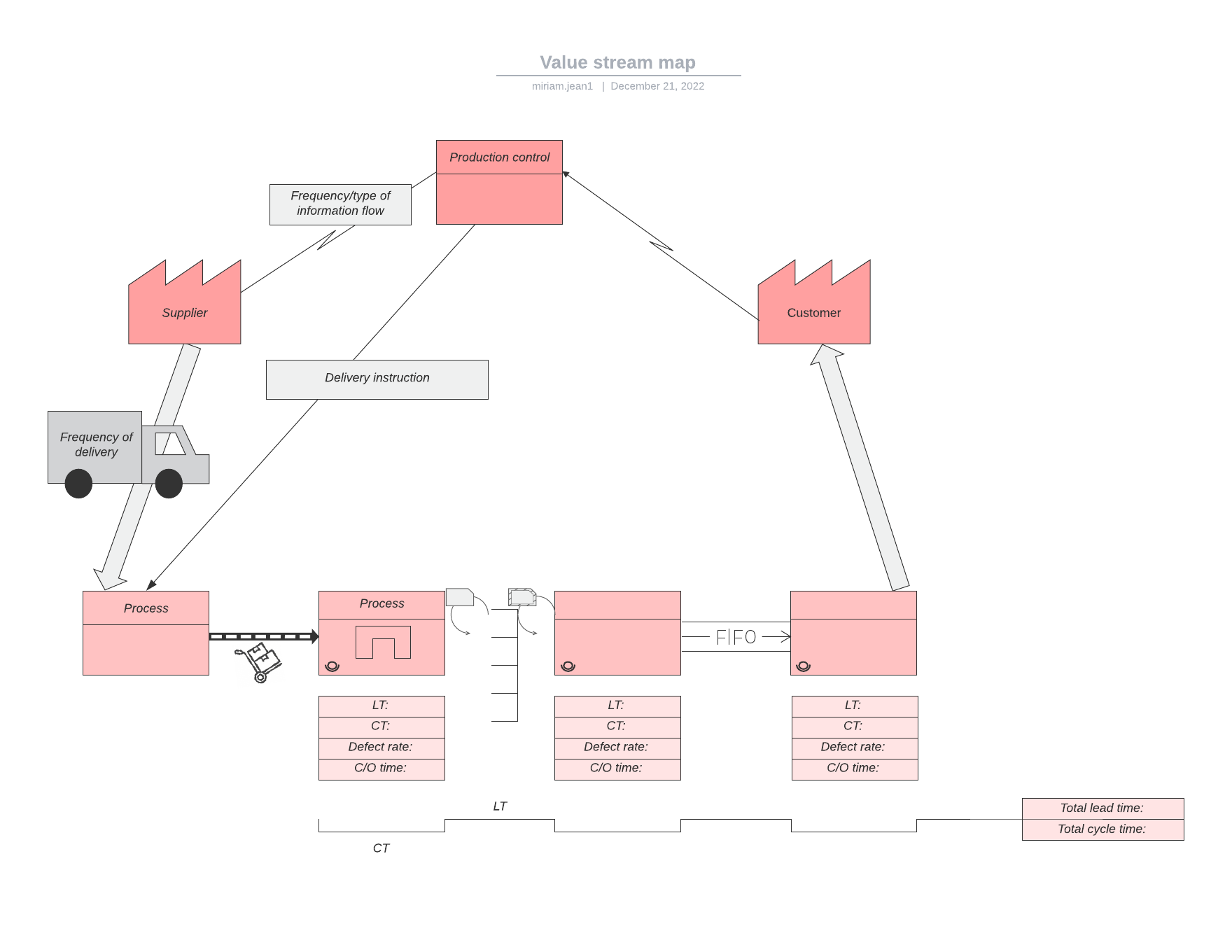
What is systems thinking in the Scaled Agile Framework?
Reading time: about 8 min
Topics:
Since its introduction in 2001, Agile has increasingly become the norm—especially since the global pandemic has forced companies to rethink how they do business. According to the 15th Annual State of Agile Report, the adoption rate of Agile within software development teams has increased from 37% in 2020 to 86% in 2021. The report also indicates that the Agile adoption rate in non-IT areas of business has increased significantly.
It looks like Agile is here to stay, especially as companies and employees are more likely to work in a hybrid model where many employees will work remotely rather than in the office every day.
Agile is not a single methodology. Instead, it’s some ideas, values, and principles designed to streamline processes so you can continually improve, streamline your processes, increase quality output, and do more with fewer resources.
In the last 20 years, several different flavors of Agile have been introduced. One of these is known as Scaled Agile Framework. In this article, we will briefly discuss what this framework is, the three bodies of knowledge associated with it, and then we’ll spend a little more time discussing the body of knowledge called systems thinking.
What is the Scaled Agile Framework?
Agile was developed and designed on a smaller scale to work with a single team. So the Scaled Agile Framework (SAFe) was developed to help companies adopt agile practices on larger projects and across multiple teams and large organizations.
The framework includes a structured set of guidelines that define roles and responsibilities, planning, management, organizational patterns, and workflow patterns. All of these well-defined practices can help you to implement Agile methodologies on a larger scale.
There are three knowledge sets, sometimes called bodies of knowledge, that serve as the basis of SAFe:
- Agile software development: An iterative methodology in which improvements are made on the fly. These small incremental changes are based on changing demands, changes in plans, and customer feedback. Small changes allow for frequent working releases, higher quality products, better team collaboration, and increased customer satisfaction.
- Lean product development: The emphasis is on creating value for your customers. Lean development optimizes resources, reduces waste, and allows for continuous improvement.
- Systems thinking: An analysis of how various system components relate to and work with larger systems.
What is systems thinking?
Systems thinking is figuring out how various things (systems) interact with and influence other things within the system. For example, in nature, you have various systems such as air, water, plants, and animals that work together within a larger system known as an ecosystem. How each of these smaller systems interact with each other determines whether they succeed or fail.
Here are some of the characteristics of systems thinking:
- Systems thinking looks at connections, relationships, and patterns between systems and their individual elements.
- People belong to different systems. These systems influence behavior and interactions with other systems.
- Systems are open or closed depending on whether they need to communicate or exchange information with outside systems, or everything is contained within its own system.
- Systems thinking is nonlinear. Linear thinking restricts you from seeing the entire system and its interdependencies. If a problem comes up, our linear brains want to quickly fix it and move on without looking at what the fix might do to other components in the system.
The systems thinking approach to problem-solving lets you see how the system is a series of interconnected parts so you can understand how small adjustments to one element might cause problems somewhere else.
In an organization, your systems consist of things like people, networks, structures, processes, and performance. How well these systems are able to work together determines how healthy your organization is. In a healthy organization, these systems are aligned and working toward a common goal. In an unhealthy organization, these systems might be separated into silos with little to no communication between them.
Fundamental concepts of systems thinking
Understanding the following concepts of systems thinking can help you and your teams to effectively navigate the complexities of managing systems and solving problems.
Interconnectedness
You need to realize that everything is connected. For example, most of us aren’t self-reliant. To survive we need somebody else to grow, harvest, process, and ship the food we eat to a grocery store or a restaurant. A breakdown in any part of that system can cause problems, especially for people who don’t know how to grow their own food. In a system, everything is reliant on something else.
The main goal of systems thinking in SAFe is to help you to look at the system as a whole rather than focusing on problems in individual components. You don’t want to make isolated decisions without taking into account the interdependencies with other components. You want your decisions to work for the complete system.
Synthesis
Synthesis is the act of combining two or more components to create something new. As these new things get more complex, we tend to want to break them down into smaller, more manageable components. This makes it easier to analyze and make sense of individual parts.
But the goal of systems thinking is to identify opportunities to create synthesis. And systems thinking requires a holistic approach to understanding the parts, the relationships, and the connections that make up the whole at the same time.
The solution is a system
A solution is the object of value that is delivered to your customers, such as an application, a website, a tool, or some other type of product. To keep the system running so it continues to produce value for your customers, you need to keep in mind:
- Optimizing a single component does not always optimize the whole system. The optimization might cause that component to grab resources (like system memory or electrical power) from other elements. This could lead to a reduction in value later.
- Your team needs to understand the system’s architecture. This makes it easier for the team to make modifications or add new design elements that will help the system work toward its intended goals.
- The connections between elements in a system need to be maintained and remain open. This allows critical information and processes to pass through those interfaces so the system can provide its ultimate value.
- A system can only evolve as fast as its slowest component.
The enterprise building the system is a system
The people, teams, management, organizations, processes, and procedures used to build the system are also a system. Like any system, this organizational system also needs to be managed so that the lines of communication remain open and critical information and processes are shared among all the components. If the organizational system is not well managed it invites issues. Those may include silo mentality, misallocation of resources, and slower development that also reduces value.
Here are a few things to take into consideration:
- Cultivate a collaborative environment where diverse groups, people, and regions work together to build better systems.
- Treat suppliers and customers as partners in development of the value stream.
- Don’t add resources in only one area if it will not improve or enhance the value stream through the enterprise.
- Increase the flow of the value stream and deliver better value by connecting silos, creating cross-functional and inter-departmental teams, and aligning those teams toward the same goals.
Feedback loops
Feedback loops are built into Agile as recurring meetings, best practices, processes, automation tools, and any other action that keeps communication lines open between different teams, encourages collaboration, and ensures value and quality are added to your deliverables.
Feedback loops can help you to keep things balanced so the system remains optimized across all departments and geographical locations.
Optimize the full value stream
Value streams consist of the activities and processes that turn business ideas into viable solutions and deliverables for your customers. With systems thinking, development teams, management, and other stakeholders continuously look for ways to improve and optimize the full development value stream across all teams, departments, and geographical locations.
One way to do this is through value stream mapping. A value stream map is a type of flowchart that lets you see and analyze all the steps that are necessary to develop, produce, and deliver a value solution. This visual aid gives you a full overview of the systems so you can analyze what works well, where actual value is added, and where things might need to be adjusted.

Optimizing the value stream is essential as you work toward reducing time to market while delivering optimal value.
How can you apply systems thinking on your team?
In organizations that apply systems thinking, managers are more involved in problem-solving. By considering the complete picture, managers and teams can proactively find and fix potential problems, take the lead on changes that need to be made, and improve the system.
Management and business leaders can help to apply system thinking by doing the following:
- Take the lead in ensuring that developers and all team members understand what systems thinking is and how it applies to Agile and SAFe. Make training available and keep all temp members up to date.
- Be problem solvers, eliminate roadblocks, and teach employees root cause analysis so they can quickly find problems that need to be fixed.
- Collaborate with teams, keep communication lines open, and pay attention to feedback loops, such as daily standup meetings, so you can identify and address weak areas.
- Understand that changes will not happen overnight. You’ll need to take a long-term approach to improving infrastructure, practices, and tools that will optimize your systems and improve your development value stream.
- Never stop learning new things.

Want to learn more about the importance of being agile in the Next Normal?
Read moreAbout Lucidchart
Lucidchart, a cloud-based intelligent diagramming application, is a core component of Lucid Software's Visual Collaboration Suite. This intuitive, cloud-based solution empowers teams to collaborate in real-time to build flowcharts, mockups, UML diagrams, customer journey maps, and more. Lucidchart propels teams forward to build the future faster. Lucid is proud to serve top businesses around the world, including customers such as Google, GE, and NBC Universal, and 99% of the Fortune 500. Lucid partners with industry leaders, including Google, Atlassian, and Microsoft. Since its founding, Lucid has received numerous awards for its products, business, and workplace culture. For more information, visit lucidchart.com.
Related articles
How to nail your Agile communication plan
We’ll cover what makes Agile communication plans different and what best practices you can follow for creating an Agile communication plan that works for your team.
Agile operations 101
In the world of software development, it's easy to get lost in the jargon. So we've created a crash course in Agile operations for you. Discover the difference between Agile development, Agile operations, and other terms.
